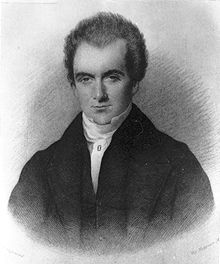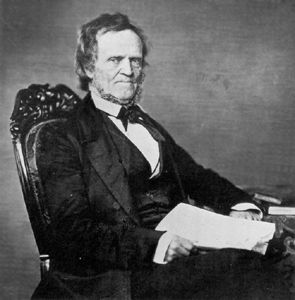
A group that called itself the Reform movement ran against the ruling Family Compact. The Reformers included William and Robert Baldwin, Barnabas and Marshall Bidwell, William Lyon Mackenzie, John Rolph and Egerton Ryerson. By 1828, the Reformers held a majority in the assembly. However, their reforms were blocked by the Tory-controlled councils.
In the early 1830s, the Reform movement split. The moderates were led by Robert Baldwin. They were committed to the British constitution, the British empire and a stable, hierarchical society. They wanted to limit the power of the ruling elite by introducing responsible government.
Radical reformers, on the other hand, wanted the colony to adopt republican principles. Men such as Charles Duncombe and John Arthur Roebuck wanted to create a social and economic democracy like the one in the United States. They also called for greater colonial independence. Mackenzie led a third, more extreme faction of radicals. They called for violent revolution to achieve these aims.

In 1836, Robert Baldwin entered the executive council. Lieutenant Governor Sir Francis Bond Head, however, refused to accept responsible government. The administration resigned and the moderates were squeezed out of the political process. Mackenzie’s group was devastated in the next election. They became more revolutionary and were crushed in the rebellion of 1837–38. (See also: Rebellion in Upper Canada.) The moderates, led by Robert Baldwin and Sir Francis Hincks, re-emerged as a political force in the Province of Canada. The radicals who did not take part in the rebellion faded from view.

 Share on Facebook
Share on Facebook Share on X
Share on X Share by Email
Share by Email Share on Google Classroom
Share on Google Classroom